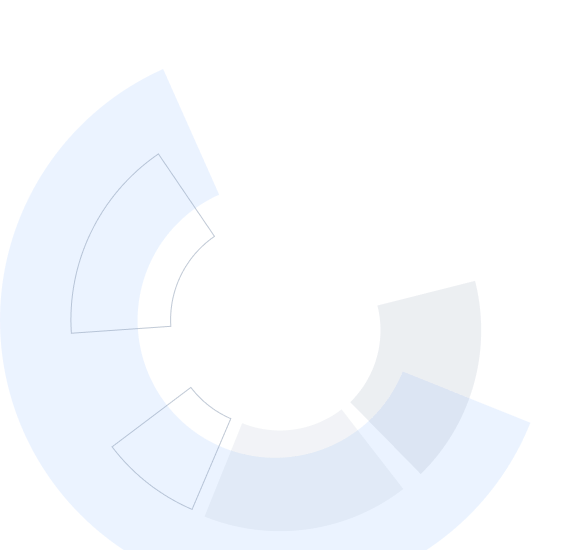Developing more circular products requires a much different design paradigm. The Sustainable and Circular Product Development specialization shifts the thinking of product development from a linear economic model, where products are designed to be used then thrown away, to a more circular economic model, where nothing ends up in a landfill. Today’s product designers need to be aware of the entire product lifecycle.
This specialization explores circular product and packaging design, including Design for R strategies, material selection techniques, and planning for end-of-life recycling and composting. The tools, design frameworks and certification protocols come from organizations such as the Cradle-to-Cradle Products Innovation Institute, the Ellen MacArthur Foundation, IDEO, Biomimicry 3.8, and a relatively recent effort known as the CIRCit Circular Product Design and Development project. The courses within the specialization discuss everything from the material flows throughout a product's lifecycle to how products can be certified by rigorous 3rd-party standards recognized across the globe.
If you are responsible for developing the next generation products that are not only better for your customers, but also beneficial to the environment, then this specialization is for you. It is a practical, hands-on guide that enables you to become a leader in the transition to a more circular economy.
Projet d'apprentissage appliqué
Learners work on projects throughout the specialization to apply the concepts covered in the courses. These include conducting a product teardown, making eco-friendly packing peanuts, analyzing product labels, and evaluating different circular design frameworks.
“Design for the Circular Economy” microcredential and graduate certificate are developed around the educational goals of providing technical, business, and leadership knowledge and skills that inspire the transformation towards a more circular economy. This includes gaining technical knowledge to apply circular economy principles in product design, minimizing waste and maximizing impact; developing business acumen to implement innovative circular economic models that prioritize sustainability and resilience; and acquiring leadership strategies to communicate effectively and inspire change within an organization.




















